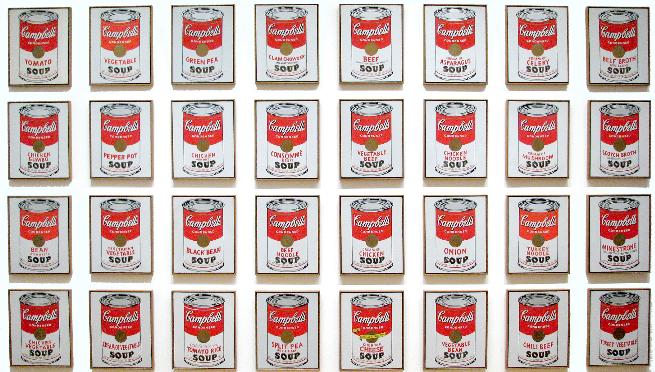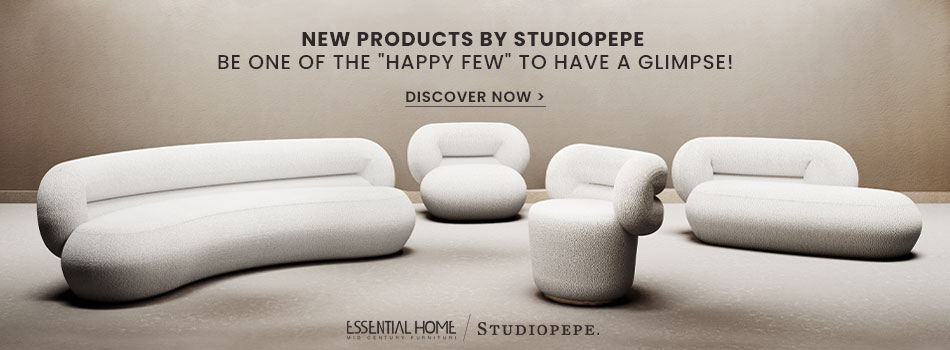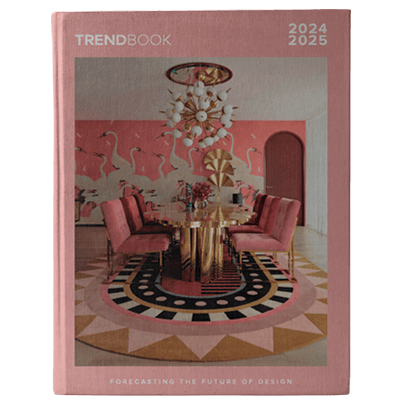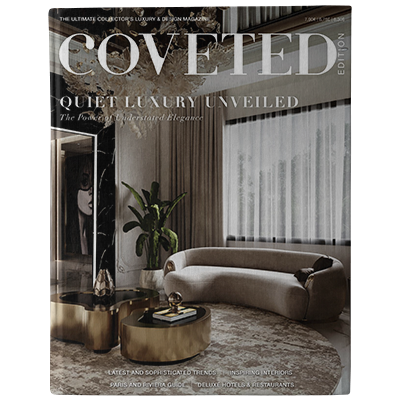Pop art is now most associated with the work of New York artists of the early 1960’s such as Andy Warhol, Roy Lichtenstein, James Rosenquist, and Claes Oldenburg, but artists who drew on popular imagery were part of an international phenomenon in various cities from the mid-1950’s onwards.
Following the popularity of the Abstract Expressionists, Pop’s reintroduction of identifiable imagery (drawn from mass media and popular culture), was a major shift for the direction of modernism. The subject matter became far from traditional “high art” themes of morality, mythology, and classic history; rather, Pop artists celebrated commonplace objects and people of everyday life, in this way seeking to elevate popular culture to the level of fine art. Perhaps owing to the incorporation of commercial images, this art style has become one of the most recognizable styles of modern art.
SEE ALSO: The Top 10 Best Summer Colors For Your House
By creating paintings or sculptures of mass culture objects and media stars, the Pop art movement aimed to blur the boundaries between “high” art and “low” culture. The concept that there is no hierarchy of culture and that art may borrow from any source has been one of the most influential characteristics of Pop art.
It could be argued that the Abstract Expressionists searched for trauma in the soul, while Pop artists searched for traces of the same trauma in the mediated world of advertising, cartoons, and popular imagery at large. But it is perhaps more precise to say that Pop artists were the first to recognize that there is no unmediated access to anything, be it the soul, the natural world, or the built environment. Pop artists believed everything is inter-connected, and therefore sought to make those connections literal in their artwork.

Although this type art encompasses a wide variety of work with very different attitudes and postures, much of it is somewhat emotionally removed. In contrast to the “hot” expression of the gestural abstraction that preceded it, Pop art is generally “coolly” ambivalent. Whether this suggests an acceptance of the popular world or a shocked withdrawal, has been the subject of much debate.
Pop artists seemingly embraced the post-WWII manufacturing and media boom. Some critics have cited the Pop art choice of imagery as an enthusiastic endorsement of the capitalist market and the goods it circulated, while others have noted an element of cultural critique in the Pop artists’ elevation of the everyday to high art: tying the commodity status of the goods represented to the status of the art object itself, emphasizing art’s place as, at base, a commodity.
The majority of Pop artists began their careers in commercial art: Andy Warhol was a highly successful magazine illustrator and graphic designer; Ed Ruscha was also a graphic designer, and James Rosenquist started his career as a billboard painter. Their background in the commercial art world trained them in the visual vocabulary of mass culture as well as the techniques to seamlessly merge the realms of high art and popular culture.
Source: The art story
_
We really hope you liked our article. Feel free to pin all the images to your favorite Pinterest board or to print it and use in your mood board. You can always choose to follow us and see the coverage of this event step by step. Follow us on Facebook, Pinterest , Instagram or subscribe here and don’t miss a single breath.



















Who wrote this?